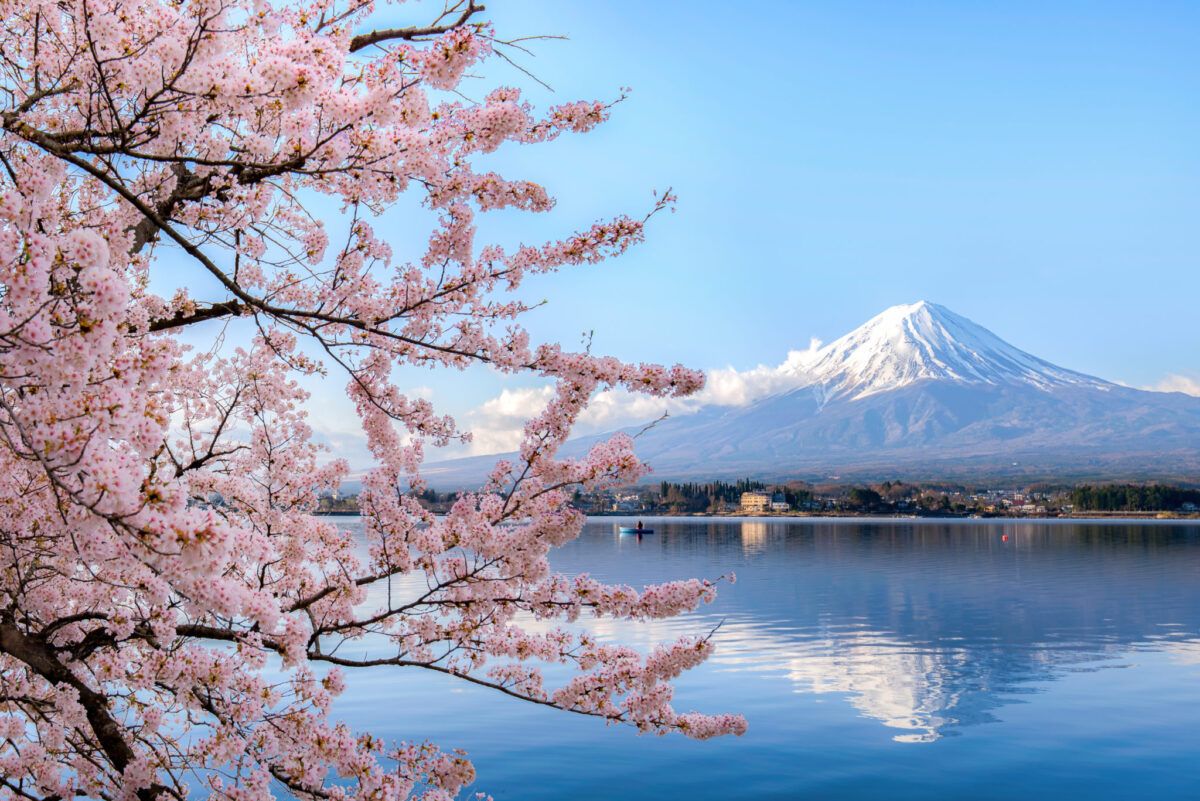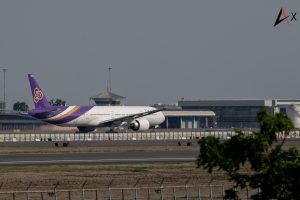According to official figures, the number of foreign visitors to Japan surged 28.5% in April year-over-year, reaching a record total of 3.91 million. The Japan National Tourism Organization (JNTO) explained on May 21 that the spring cherry blossom season significantly boosted demand across many markets, similar to the previous month. Additionally, overseas travel increased in several Asian countries, as well as in Europe, the U.S., and Australia, coinciding with the Easter holiday period.
This April’s visitor count surpassed the previous monthly record of 3.78 million set in January 2025, marking it as the highest single month ever and the first to exceed 3.9 million visitors. In total, the first four months of 2025 brought 14.4 million arrivals, representing a 24.5% increase compared to the same period last year.
A weakening yen has been a major driver of this tourism boom, with national statistics released in January revealing about 36.8 million arrivals in 2024—the highest ever on record. The Japanese government has an ambitious goal of nearly doubling annual tourist numbers to 60 million by 2030. Officials aim to distribute tourists more evenly across the country to prevent overcrowding at popular sites like cherry blossom viewing spots and vibrant autumn foliage locations.
However, this influx of visitors has prompted frustrations among residents in heavily trafficked destinations such as Kyoto, renowned for its geisha performances and historic temples, where crowding has become problematic. Similarly, authorities have introduced measures like charging climbers on Mount Fuji to curb congestion at Japan’s tallest peak, a site once famed for its peacefulness.
In 2024, a temporary barrier was even erected outside a convenience store to prevent crowds from stopping on the road to photograph the snow-capped volcano—the scene went viral online. Business travelers in major cities like Tokyo have also voiced concerns about soaring accommodation prices due to the high tourist demand. Additionally, the heavy influx of visitors enjoying sushi and onigiri has led to rice shortages, causing prices for the staple to reach record levels and creating political tensions.
The Japan Meteorological Agency (JMA) declared in late March that the iconic “somei yoshino” cherry trees in Tokyo were in full bloom, aligning with typical blooming periods in 2025. However, the JMA notes that climate change and urban heat-island effects are causing cherry blossoms to bloom approximately 1.2 days earlier every decade.
Katsuhiro Miyamoto, Professor Emeritus at Kansai University, estimated that the economic impact of this year’s cherry blossom season—including travel, festivals, and related activities—could reach 1.1 trillion yen (around S$9.91 billion), nearly doubling from 616 billion yen in 2023.













